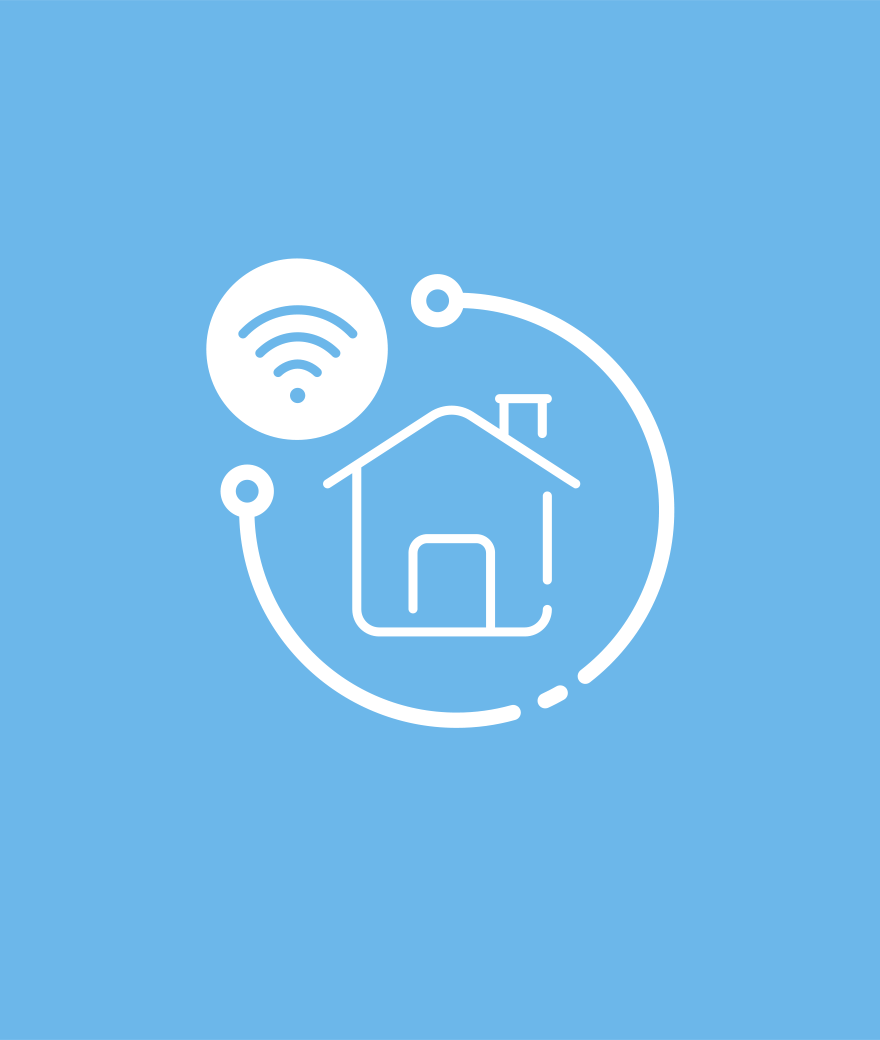Broadband for Connected Business
The role of broadband in the enterprise has changed from a best-effort data service to a “utility-like” essential service that can make-or-break an organization.
Enterprises are undergoing massive transformations in an effort to keep pace with the unprecedented broadband upgrade super-cycle spurred by next-generation technologies and skyrocketing connectivity demands.
The enterprise broadband market globally has two distinguishing characteristics: Multi-gigabit connectivity is becoming a standard, and the ability for enterprises to meet rapidly changing connectivity demands can mean the difference between business success or failure. In both cases the global pandemic has transformed broadband into an “essential” service that should be viewed like power and water.

Why DZS?
Enterprises are rapidly transforming their networks and their business models to meet this demand. Hotels, stadiums, commercial properties and educational campuses all need to maintain world-class connectivity experiences, thus require a leap to next-generation fiber services while transforming the experience of their tenants and guests. The goal is multi-gigabit speeds and open networks that can leverage software to deliver new services with agility and efficiency.
DZS has a long history of partnering with and enabling many of the most successful enterprises around the world to rapidly roll out differentiated gigabit and now multi-gigabit services in their properties efficiently and effectively.
Let DZS help you to unleash hyper-fast broadband and deliver you the ultimate end-user experience.
DZS Passive Optical LAN solutions are catalysts for the software defined enterprise
By building fiber based LAN infrastructures with seamless centralized management and network control your network is one step closer to a pure Software Defined Enterprise. Software-defined networking (SDN) is a significant trend in the management of IT Enterprise infrastructure and network design. Fiber based LAN SDN is attractive to many businesses due to significant cost equipment savings, improved network performance, increased productivity and improved security.
Passive Optical LAN Offers Enterprises Revolutionary Advantages over Traditional Copper LAN
Passive Optical LAN is a new deployment architecture offering superior technology advantages over copper LAN deployments.
It is a smarter way to structure a LAN, because:
- It simplifies the Local Area Network infrastructure as well as network moves, adds and changes
- It is not limited by the distance and bandwidth constraints of twisted copper pair networks
- It is secure by design, based on optical fiber and built-in encryption
Unleash hyper-fast enterprise broadband with DZS.
DZS Passive Optical LAN solutions can help you take control of the Connected Business
In addition to advantages over traditional copper LAN solutions made possible by the 20 Kilometer (km) fiber reach (particularly valuable in multi-story buildings; eliminates need for closets or switches every 300 feet), Passive Optical LAN has security, deployment media and economic benefits.
Security
POL’s centralized management and control enables efficient policy distribution, secure data encryption, and is immune to typical copper interferences like crosstalk and EMP.
Green Technology
With no power consumption, minimal HVAC needs and reduced equipment needs, passive optical LAN provides stronger green benefits to enterprises compared to copper-based networks.
Lower CAPEX & OPEX
Less equipment and lower energy and cooling needs make passive optical LAN simple to deploy and to maintain, delivering greater cost reductions both short and long-term to enterprises.
Efficiency
Because it is passive fiber-based, as technology evolves, only the active endpoints need a refresh.


DZS is a founding member of APOLAN
The Association of Passive Optical LAN (APOLAN) provides advocacy, education and resources to companies, institutions and communities who want to deploy the best networks via fiber.
This member-led association collaborates with industry allies to propel fiber deployment forward for a better broadband future around the world.





